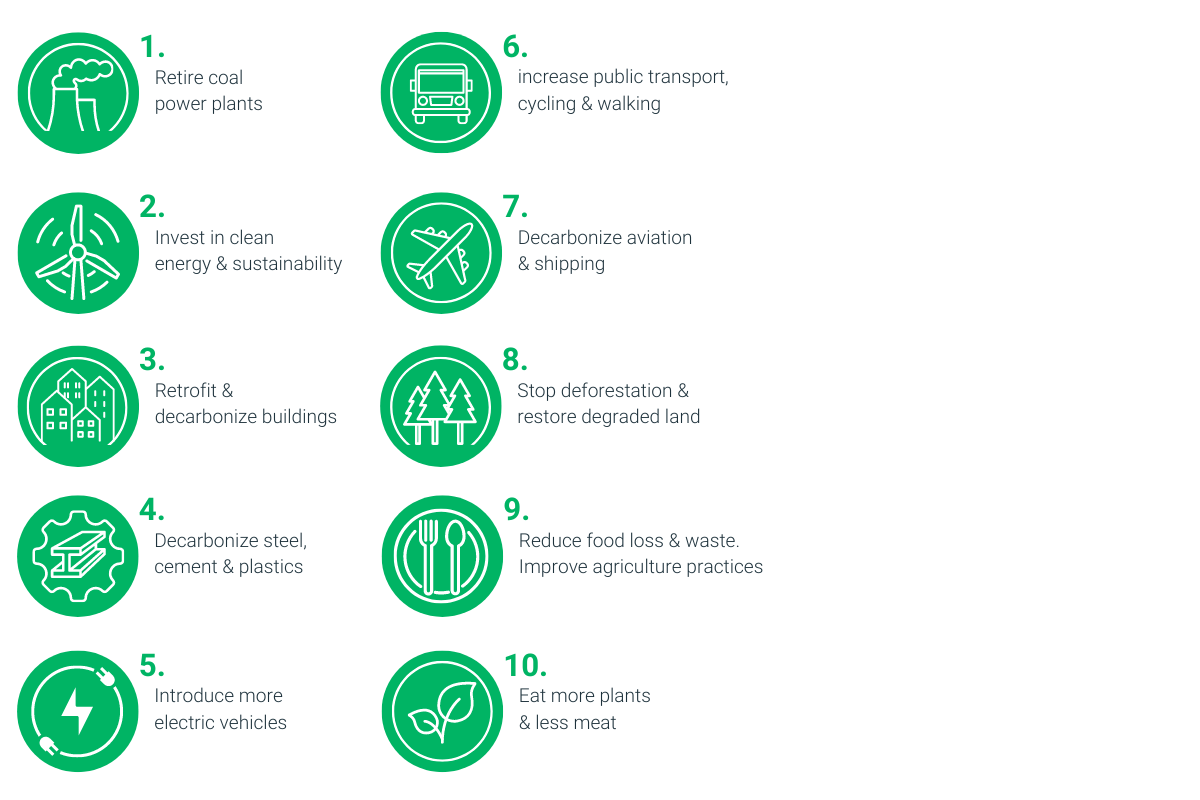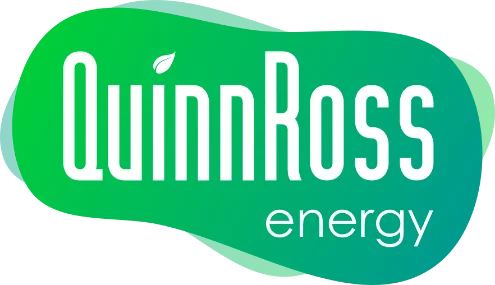With net zero targets set last year at COP28 and little spoken about since, we are asking the question "are we on target to meeting our 2050 commitment?" or do we need to rationalise our goals? Achieving net zero will require an approach of two parts: human caused carbon emissions will need to be reduced as close to zero as possible and carbon removal techniques such as the restoration of rainforests or new carbon capture technologies that take carbon directly out of the atmosphere need to be increased and implemented. Under the Paris agreement many countries including the UK agreed to a warming limit of below 2°C, ideally aiming for 1.5°C and with the effects of global warming showing it is more evident that these commitments need to be kept.
With commitments having been set, is the world on track to achieving net zero emissions?
The simple answer is No. Despite many contributions to climate action, things are still moving at a glacial pace meaning that the warming temperature could still rise towards the end of the century. For targets to be met, rapid transformations will need to take place across many global systems, from reviewing the powering of our economies, how we transport our goods and how we build our cities. Improving efficiency and increasing sustainable options are essential alongside restoring degraded land, which is land that has lost its natural productivity and ecosystem function due to factors like deforestation, overgrazing, and unsustainable agricultural practices. However, these efforts will not be fully beneficial until the use of burning coal for power declines and deforestation is halted. Unabated coal refers to coal usage where the emissions are not captured or reduced through technologies such as carbon capture and storage. Key solutions are right in front of us, we have provided 10 ways in which climate change can be mitigated:

The good news is that most technologies used to further net zero already exist and are becoming more cost effective and competitive compared to high carbon alternatives. Sources such as wind & solar now provide the cheapest power available for most of the world, with 1.28 million homes in the UK using solar panels & about 1.4 million homes being powered by wind farms.
To help achieve its 2050 goals the UK government has made pledges which include the following:
Achieving fully clean electricity by 2035 by increasing renewable energy sources such as wind, solar and nuclear power. Ensuring that 80% of new car sales are zero emissions by 2030. Capturing and sorting up to 30 million tonnes of CO2 a year by 2030. Installing 600,000 electric heat pumps per year by 2028. To date the UK has made significant cuts to greenhouse gas emissions, reporting a fall of about 50% in the past 34 years. With these figures and a strong performance, it is worth noting that there are still doubts as to whether the UK will be able to meet its looming targets. In June 2023 the CCC (Climate change committee) warned that there was slow progress and noted that the UK might not reach some of its 2023 targets. In September 2023 changes to the Net zero targets were announced changing the following:
A delayed ban on new petrol and diesel cars from 2030 to 2035.
An exemption that 20% of households will never have need to switch to an electric heat pump.
With the UK’s cooperation in accordance with the Paris climate agreement, it has agreed to reduce its emissions by a minimum of 63% by 2030.
As an individual what does net zero mean going forward:
Most changes will need to come from government policies but as an individual you can help:
- Taking fewer flights
- Reducing your energy use
- Improving your home insulation
- Improving your energy efficiency
- Switching to electric vehicles
- Replacing gas heating with electric systems
- Eating less red meat
At QuinnRoss Energy we can help with reducing your carbon footprint by:
- Reviewing your current EPC, making suggestions to help improve your efficiency & sustainability, this covers residential & commercial properties.
- Through the use of BREEAM we can suggest improvements for your construction project or refurbishment. For more information check out our What is BREEAM? Blog post.
- Look at your heat losses and help provide suggestions for insulation and reducing your heat losses.
For more information on the services that QuinnRoss Energy can provide, please contact one of our team today.

